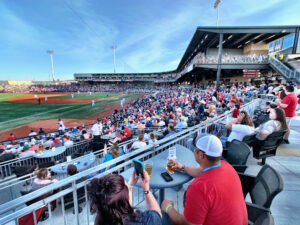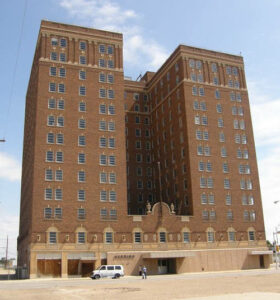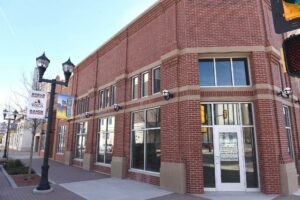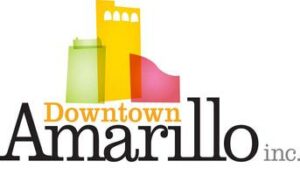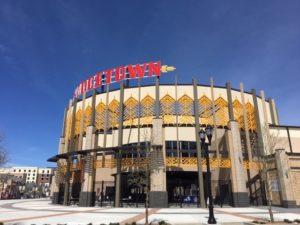Retirement sometimes allows my noggin to fill with ideas, some of which are nutty, some are far-fetched, some actually might make a modicum of sense.
Let’s try this one just for giggles: What might happen in Amarillo, Texas, if the city’s AA minor-league baseball team’s fans get really serious about the Sod Poodles? By that I wonder what might become of Hodgetown, the shiny new ballpark in the downtown district? Is there a chance at all that the Sod Poodles could outgrow the venue?
Hodgetown can contain about 7,000 fans. From what I hear the fans are coming to the ballpark in borderline startling numbers. Last I heard the Sod Poodles were leading the Texas League in attendance.
The team is playing some pretty good baseball. The Sod Poodles won the first half of Texas League play and as I write this brief post they are on a five-game winning streak.
Let’s get real. Everyone loves a winner. Professional sports franchises have flourished when they produce winning teams. I can think of a notable exception to that rule: the 1962 New York Mets, who comprised a pitiful collection of has-beens in the team’s initial season; yet the fans still flocked to the old Polo Grounds, where the Mets played until they built Shea Stadium. The Mets got better over time, of course, and along the way have won a pair of World Series championships.
As for the Sod Poodles, I am wondering if there’s a chance the team’s enthusiastic fan base could become too unwieldly for Hodgetown, for the city’s transportation infrastructure and possibly for the parking needs that might be sharpened if fan attendance requires more parking.
I’ve never heard it asked, but I’ll ask it here: Is there an any engineering that allows Hodgetown to expand its capacity in the years ahead if the team determines the need? Did the architects design the structure with an eye toward adding more capacity?
I’ll add this bit of perspective. Amarillo is growing. Its population likely will exceed 200,000 residents when they finish the census next year. The city has been on a steady, moderate growth rate for decades. There is no indication at all that the growth is going to slow down, let alone stop.
I am acutely aware that these thoughts are coming during the Sod Poodles’ initial season in Amarillo. There, of course, are no guarantees of continued success. However, this season demonstrates a pretty good knowledge base from the team ownership on how to keep the momentum moving forward.
Hey, I’m just thinking out loud.
